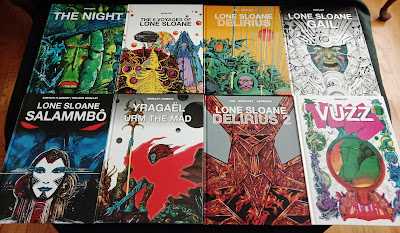DS:HAL therefore is very much a product of the nostalgia craze, and at the time it was published, Philip Jose Farmer was the biggest fanboy of the pulp heroes.
Tuesday, July 29, 2025
Book Review: Doc Savage: His Apocalyptic Life
DS:HAL therefore is very much a product of the nostalgia craze, and at the time it was published, Philip Jose Farmer was the biggest fanboy of the pulp heroes.
Saturday, July 26, 2025
National Lampoon July 1976
Monday, July 21, 2025
Book Review: A Fire in the Sun
'A Fire in the Sun' (290 pp.) was published by Bantam Spectra in April 1990, and features cover art by Steve and Paul Youll.
Thursday, July 17, 2025
Where the Summer Ends
Here in Central Virginia we're in the deepest and most humid part of the long, long season of summer. The atmosphere is sweltering and steamy and there is a thunderstorm every afternoon. And every vacant lot or untended piece of turf gets swamped with vegetation.
At these times, I readily think of the story ‘Where the Summer Ends’
(1980) by Karl Edward Wagner.
While Wagner is best known for his novels about Kane, the red-haired sword and sorcery adventurer, Wagner could also be a competent writer of short stories. And among the best of these short stories is ‘Summer’, which first appeared in the 1980 anthology 'Dark Forces,' edited by Kirby McCauley.
The story also is printed in the anthology of southern ghost and supernatural stories 'Nightmares in Dixie' (1987), edited by McSherry, Waugh and Greenberg; and in 'The American Fantasy Tradition' (2002), edited by Brian M. Thomsen. And it's among the stories collected in Valancourt Books' 2023 reissue of Wagner's anthology, 'In A Lonely Place.'
According to Wagner's lifelong friend and colleague John Mayer, in his memoir 'The Dark Muse of Karl Edward Wagner,'
Wagner began to move away from heroic fantasy in favor of modern horror tales. Many of these were set in Knoxville and environs. One day when he was in town, I took him to meet my friend Mr. Brock who lived in a quaint little cottage he'd built himself from packing crates and scrap lumber. He ran a little flea market in his front yard and Wagner collected old bottles. Mr. Brock also managed to grow a sizeable vegetable garden in the coal dust along the train tracks behind his house, though he waged a constant struggle against the kudzu that encroached upon it daily. He canned those vegetables and they helped see him through the winter. His struggle seemed to me to have a Hemingway quality.
"Someday," I remarked to Wagner as we headed beneath the Asylum Avenue viaduct back to my place, "I'm going to write a story about Mr. Brock titled "The Old Man and the Kudzu."
"You know, Mayer, if you're joking, I believe I can do something with that." I was joking–I hadn't done any writing since high school–and I gave him my blessings. The story became "Where the Summer Ends," a horror tale quite unlike the one I'd proposed. It....took place in Fort Sanders (an old Knoxville neighborhood). I learned later from Barbara [Wagner's wife] that Wagner had determined that the protagonist would survive or perish based on whether or not I got back together with Julie, my love at that time. Next to "Sticks," "Where the Summer Ends" is Wagner's most frequently reprinted story.
'Where
the Summer Ends’ is set in Fort Sanders, Knoxville, in the summer of 1977.
Mercer, the protagonist of the story, is an older college student who is
rehabbing a house in a seedy, gentrifying neighborhood. He furnishes his
house with items salvaged from the abandoned homes littering the area,
or, when the opportunity presents itself, with better-quality purchases from Grady, an elderly, cantankerous
‘antiques’ dealer who lives nearby. Grady has a fine mantelpiece that
Mercer covets; with the strategic application of the right amount of
liquor, maybe Grady will sell it for a price Mercer can afford.
The
summer is hot and sticky and there are thunderstorms nearly every
night. The entire ghetto has been overrun with kudzu, the fast-growing
shrub originally imported from Japan. It overgrows the deserted homes
and parking lots and playgrounds, and it’s even encroaching on Grady’s
house.
Mercer’s cat has gone missing.
Winos
and vagrants from the neighborhood are turning up dead; old Morny’s
corpse, mutilated and missing most of its skin, was discovered within a
stand of kudzu.
And Mercer, when he stands very still on the sidewalk on a sweltering afternoon, hears rustling and skittering noises coming from under the thick clumps of kudzu….
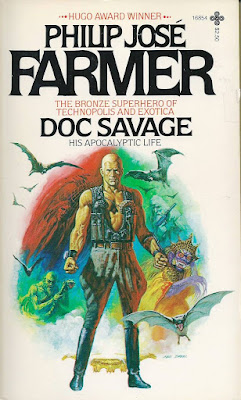






















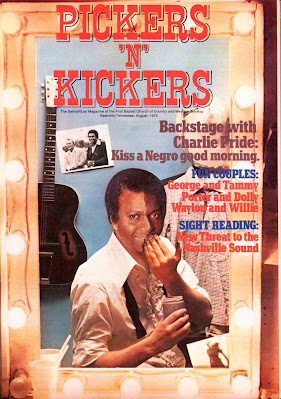







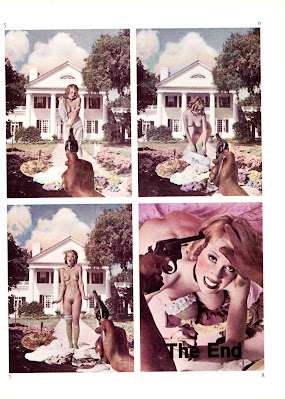








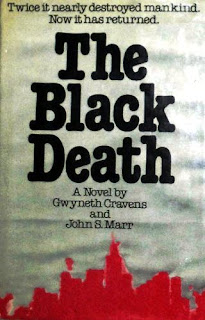





.jpg)
